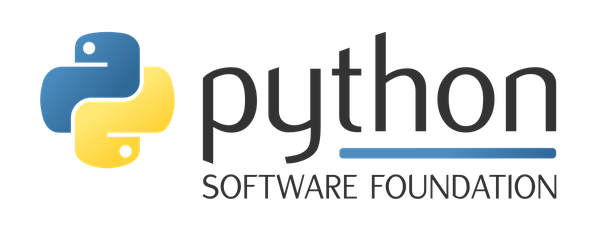Make your code come alive: using interactive Jupyter notebooks outside of the sciences
By
Ludovico Bianchi
Jupyter notebooks are known for their popularity in the sciences and data science, but their powerful features make them useful far beyond just analyzing data and plotting graphs. This talk will explore ways to create and share interactive Jupyter notebooks, and how they can be used in a wide range of domains as a simple but effective tool to make software more usable and accessible.
Saturday 4:30 p.m.–5 p.m.
Combining code, output, and prose in a single interface, Jupyter notebooks are ideally suited for exploratory data analysis, making them an increasingly essential tool in the sciences and in data science.
Thanks to the efforts of the open-source community behind them, an expanding panorama of tools, extensions, and open standards emerged, effectively turning Jupyter notebooks into a versatile platform that can be used successfully outside its more typical fields of application.
The talk's main focus is on interactivity in Jupyter, and specifically strategies and tools that can be used to gradually add functionality to existing code in just a few steps, using examples from outside the areas of science or data science.
After a brief introduction about Jupyter, we'll explore:
- How to make your objects feel at home in the notebook with custom rich output methods;
- How to turn a function into an interactive dashboard with as few as a single line of code with ipywidgets;
- How to convert a notebook into a standalone web application with Voilà;
- How to share notebooks that everyone can run with one click using Binder
By the end of this talk, folks who are new to Jupyter will receive an overview of Jupyter's features for interactivity, while experienced users will have the chance to look at different use cases for familiar tools.
Ludovico Bianchi
Originally from the quaint lakeside town of Castel Gandolfo, near Rome, Italy, Ludovico is a passionate Pythonista, recovering particle physicist, and unrepentant jack-of-all-trades. After working at Fermilab, near Chicago, and at the Research Center Jülich, Germany, on computing and data analysis for high-energy physics, he moved to the Bay Area in 2018, where he works as a full-time scientific software developer in the Department of Data Science and Technology of Berkeley Lab.




